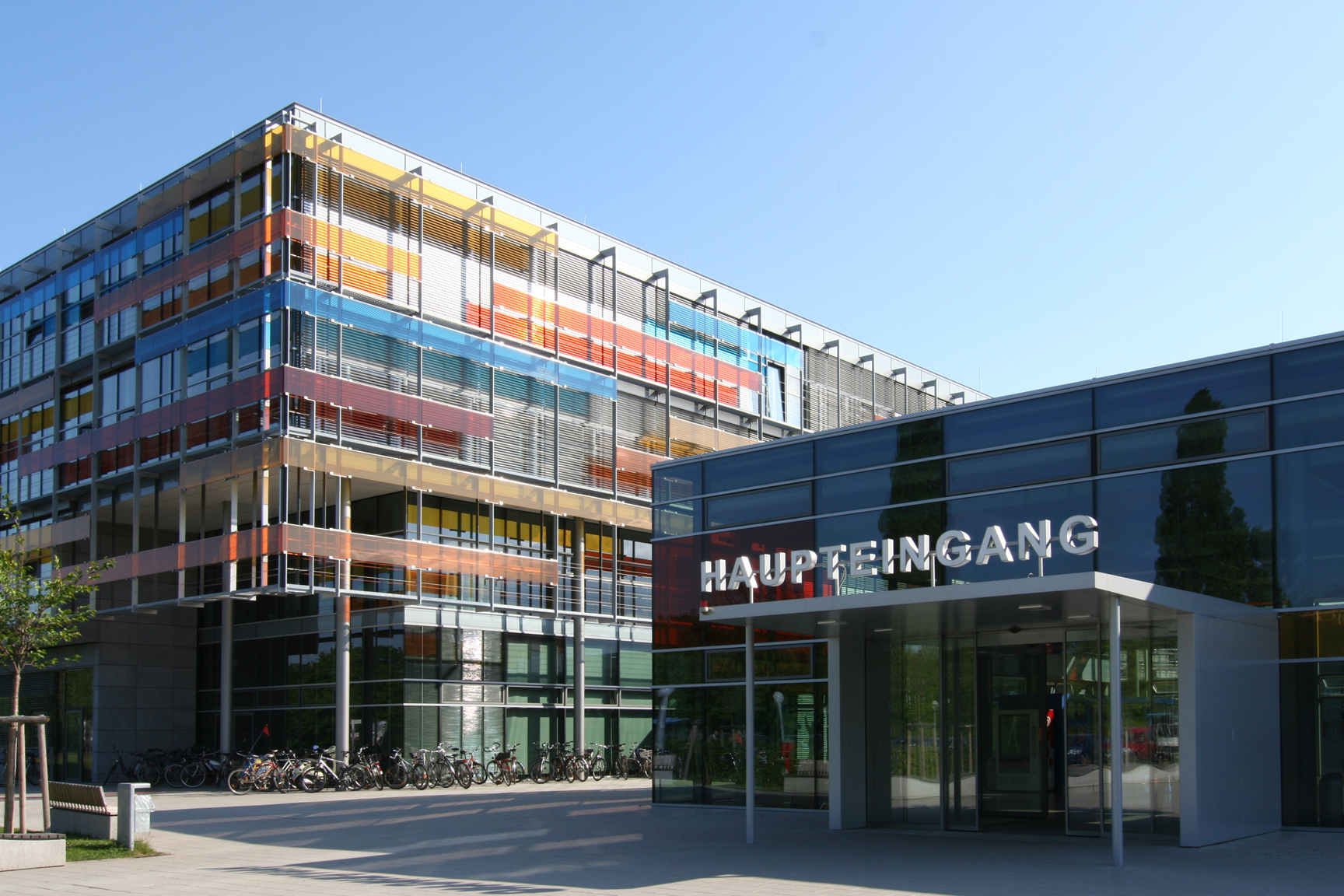Energy saving potential in an hospital
Case Study
Situation
In the Medical Clinic of Heidelberg University Clinic, the energy consumption of two intake air filter systems featuring two filter stages was compared. In one system, featuring a volume flow rate of 19,000 m³/ h, six pocket filters of filter class M 6 (acc. to EN 779:2012) were used in the first stage, while in the second stage eight HEPA filters of filter class E 12 acc. to EN 1822:2009 / ISO 25 E acc. ISO 29463. In the second system, Viledon air filters corresponding to these filter classes were installed. The optimum filter combination was chosen here in terms of energy consumption and fit-for-purpose filtration (1st filter stage: Viledon Compact pocket filters T 60, 2nd filter stage: Viledon HEPA filters MX 120). The volume flow was larger here, at 23,000 m³/ h.
Method
The fan motor’s energy consumption was determined using the building management software involved, and with the aid of an energy measuring instrument.
Test
The studies for measuring the energy consumption were conducted in March and April of 2007. During this period, the intake air systems, both fitted with a frequency converter, were run at a constant air flow rate. For the studies, new filters were installed in each of them. The data from the building management software, and from the energy measuring instrument installed by the Viledon team, were used to determine the energy costs for each of the systems over the duration of the trial.
Result
At the end of the trial, the data from the building management software and the energy measuring instrument showed that with the Viledon filter combination less energy is consumed even though this system features a 20-percent-higher volume flow rate. The reason lies in a significantly lower pressure drop compared to the filter combination of the first system. The comparison provides impressive confirmation of the potential savings made possible by a change-over to Viledon filters, without having to make any additional investments.
 Language / Country
Language / Country


